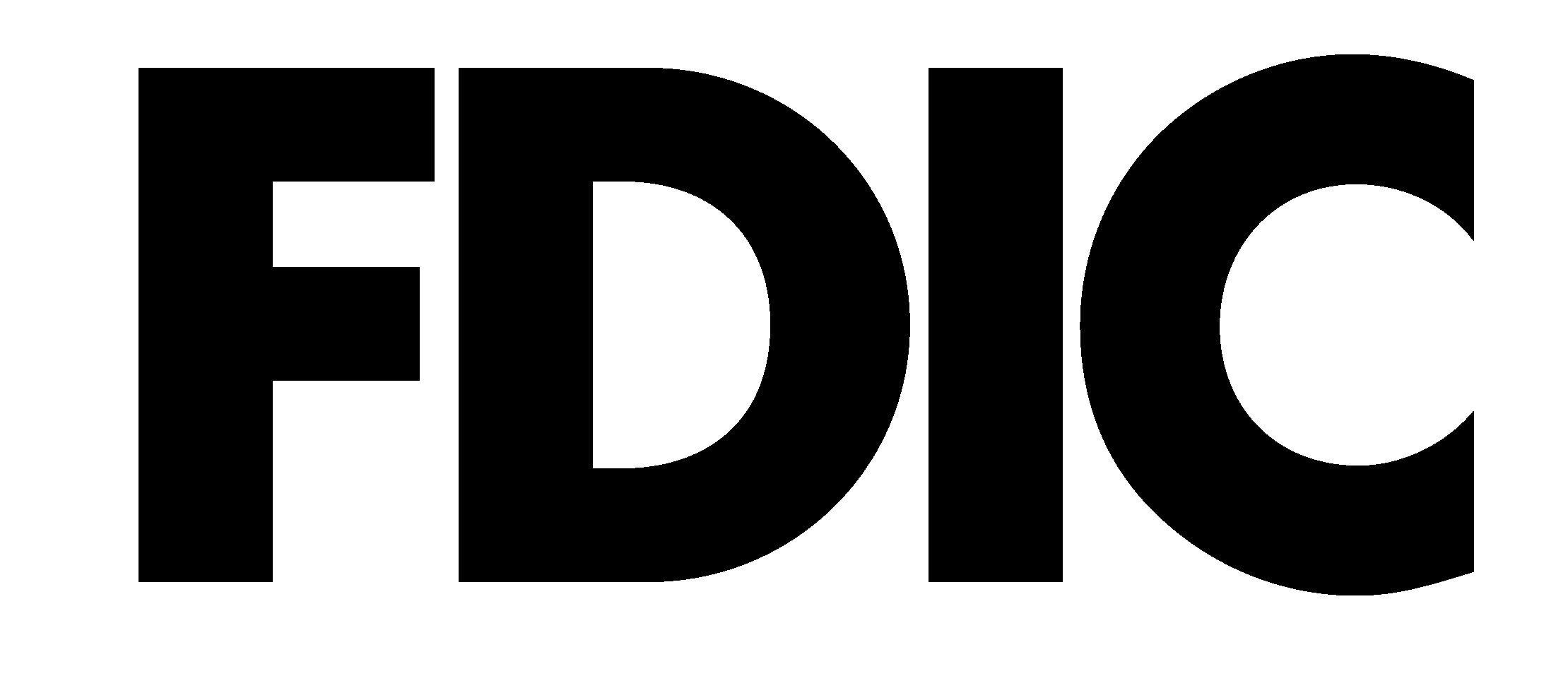There comes a time for every small business owner to deliver a presentation. This could happen inside the company to only a few people, or at a conference in front of hundreds. Instead of being nervous and blowing the entire thing, there are several great tips for anyone faced with a public speaking dilemma.
A fantastic presentation can have many positives for a company. It could be a boost to a financial plan, open up new opportunities and help network with potential business partners. Therefore, doing it well is important.
1. Don’t Let Anxiety Win
Public speaking is a common fear for many people, but the underlying cause of this anxiety is often tied to other emotions, as noted by Entrepreneur magazine. While the act of speaking in front of an audience may seem intimidating, the true source of fear often stems from concerns about being criticized, making mistakes, or not meeting expectations. The idea of being judged or evaluated can create a heightened sense of pressure, making it difficult to focus on delivering the message effectively. Recognizing these deeper fears is the first step in addressing them.
The most effective way to overcome public speaking anxiety is to identify the specific fears causing the discomfort. By pinpointing whether the anxiety stems from a fear of criticism, failure, or another source, individuals can take proactive steps to tackle these concerns. Once identified, these fears can be addressed in a constructive manner through preparation, practice, and positive self-talk. Working through these issues before stepping on stage ensures that the speaker is ready to handle any challenges that may arise, leading to a more confident and polished presentation. By acknowledging and confronting these fears early on, speakers can set themselves up for success and deliver their message with clarity and assurance.
2. Project Confidence
Projecting confidence during business presentations is key to capturing your audience’s attention and conveying your message effectively. To appear confident, it’s essential to maintain good posture, make eye contact, and speak with clarity and conviction. Before stepping in front of an audience, preparation is crucial—knowing your material inside and out will allow you to speak with authority and handle any questions or challenges that arise.
Additionally, practicing the presentation multiple times can help you refine your delivery, reducing anxiety and ensuring a smoother performance. Remember, confidence is not about perfection but about owning your message and presenting it with assurance. When you exude confidence, your audience is more likely to trust your expertise and be engaged with your ideas.
3. Remember: Less is More
Public speaking is a common fear for many people, but the underlying cause of this anxiety is often tied to other emotions, as noted by Entrepreneur magazine. While the act of speaking in front of an audience may seem intimidating, the true source of fear often stems from concerns about being criticized, making mistakes, or not meeting expectations. The idea of being judged or evaluated can create a heightened sense of pressure, making it difficult to focus on delivering the message effectively. Recognizing these deeper fears is the first step in addressing them.
The most effective way to overcome public speaking anxiety is to identify the specific fears causing the discomfort. By pinpointing whether the anxiety stems from a fear of criticism, failure, or another source, individuals can take proactive steps to minimize these stresses. Once identified, these fears can be addressed constructively through preparation, practice, and positive self-talk. Working through these issues before stepping on stage ensures that the speaker is ready to handle any challenges that may arise, leading to a more confident and polished presentation. By acknowledging and confronting these fears early on, speakers can set themselves up for success and deliver their message with clarity and assurance.
4. Interact With the Audience
The best public speakers have an ability to connect with their audience just by talking. While visual aids and presentations can help, the ability to speak off-the-cuff and without assistance impresses the listener and lends credibility on the topic. Small business owners can also capitalize on this, but take a more direct route—interacting before presenting, according to Forbes.
It can take place early on, in order to gauge the demographics of the audience and their preferences. It can also happen right before the speaker takes the stage, in order to disarm any nerves and appear more personable to the crowd. You can even make a self-deprecating joke as you get started to get everyone laughing and put you on the same level as the audience.
5. Present a Solid Structure
Great presentations also have to be built as such, Forbes noted. This means that the outline needs to be solid, and it has to have a clear beginning, middle and end just like any other paper. An overall topic should be specific, and subpoints need to back up, support and elaborate on that goal.
Simplicity is better here, and fewer statistics work well. Anecdotes and real-world examples are all sound talking points for a speech. Presentations can be a useful tool for a small business, similar to mobile banking and other solutions. Anyone can become a great public speaker with some practice and adequate preparation.
Professional Banking Solutions From First United Bank & Trust
Confidently manage your company’s financial assets with the assistance of First United Bank & Trust. Our team is trained to offer expert financial services including business checking and business savings accounts that are a secure and flexible option. We also provide business loans and debit cards to help you grow your business and keep things moving steady.
Find a First United Bank & Trust community office near you today to get started!


